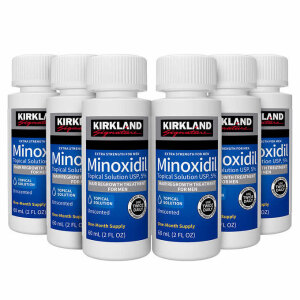
Finasteride vs Dutasteride
Finasteride vs Dutasteride: Which One Is Better for Hair Loss? Hair loss is a common problem that affects many men, especially as they get older.

Beard transplants are a fantastic solution for men who are unable to grow a beard, moustache or sideburns without full coverage. Patchy facial hair can lead to frustration and result in low self-esteem. Beard transplant surgery can remedy this by providing full coverage in bald patches. Following a beard transplant, you will be able to keep up with the latest trends and find the look that you want without any concerns about your previous facial hair loss.

How does it work?
In beard transplant surgery, healthy hair follicles are taken from elsewhere on your head and inserted directly into your beard using modern technology. The results are natural, and scarring is minimal.
In general, if you follow the self-care advice given by your doctor following a beard transplant procedure, the side effects are few and far between. You may however experience some low-level soreness, swelling and redness for around 5 days after the procedure. This is due to your body’s natural healing mechanism.
Although you may be keen to style your new healthy-looking beard, it is important that you leave the follicles to settle in for as long as possible as any disruption can affect their ability to heal. Keep the area dry for the first few days and avoid any contact with your beard for around a fortnight, this includes grooming and touching.
Although you may be keen to style your new healthy-looking beard, it is important that you leave the follicles to settle in for as long as possible as any disruption can affect their ability to heal. Keep the area dry for the first few days and avoid any contact with your beard for around a fortnight, this includes grooming and touching.
Hair loss – does it mean the transplant hasn’t worked?
You may be surprised to find that you experience some hair loss following the procedure.
This is no cause for alarm as hair shedding is a normal part of the hair life cycle. Although you can see visible hair loss, you can feel confident that the follicle underneath the skin is still healthy and working on producing new hair that will appear within around 3 months.
There is a very small risk of infection following a beard transplant, so you should be aware of the warning signs and seek medical attention accordingly. If the pain becomes more severe, the swelling does not recede, or you experience a fever then you need to be examined by a doctor. The chances of this are slim however.
Following the recovery period, you can treat your transplanted beard as you would any other facial hair. The results are natural and permanent, so you can shave, style and trim your hair without any fears of damaging it.
Interested in getting a beard transplant and want to know what would suit you best? Why not get in touch – we’d be delighted to talk it over with you. Call us on 0800 6990209 or complete the contact form below and we will contact you for a no obligation chat.

Finasteride vs Dutasteride: Which One Is Better for Hair Loss? Hair loss is a common problem that affects many men, especially as they get older.

Hair-Loss fiction. a new sub-genre introduced by Hair Repair Clinic

Kirkland Minoxidil is a medication that can help treat hair loss, but it can also be counterfeited by some sellers. It is manufactured in Canada

Copyright © 2015-2023 All Rights Reserved. Hair Repair Clinic. Made with ❤️ by Eezycode.